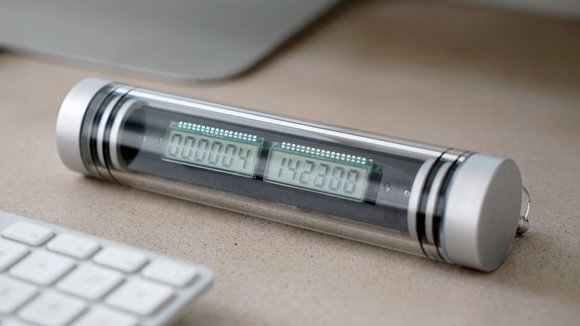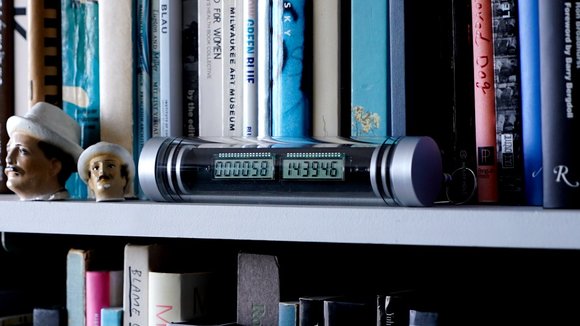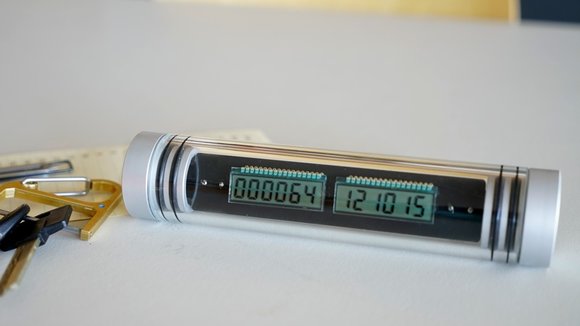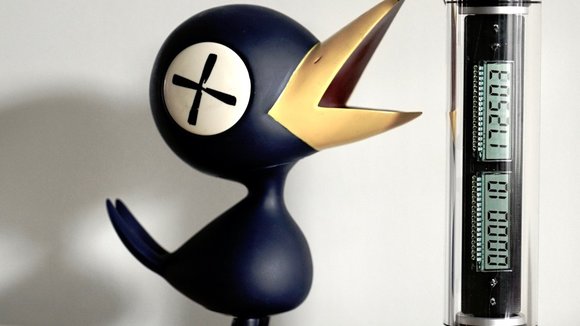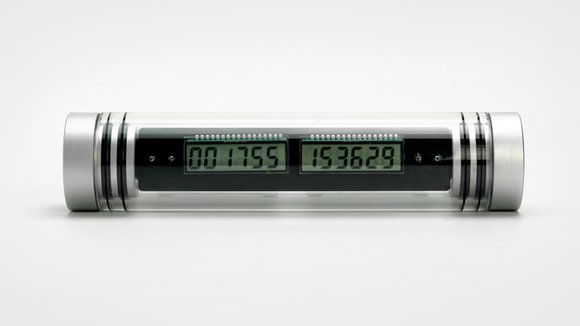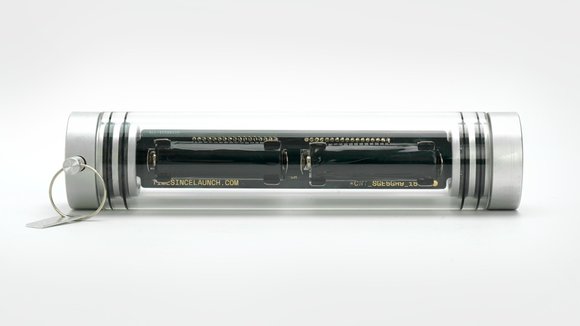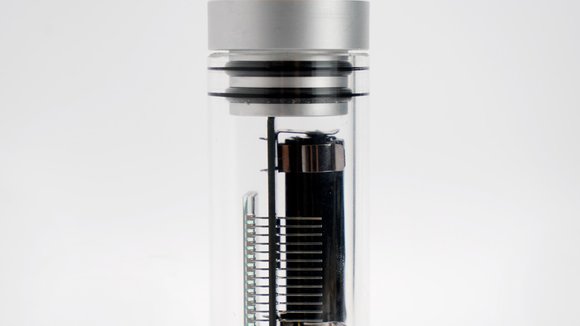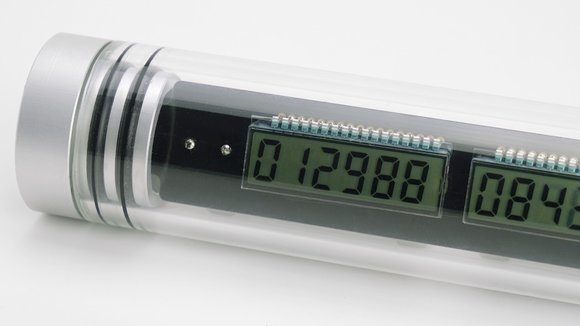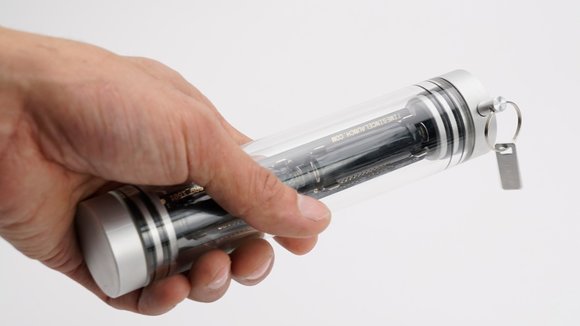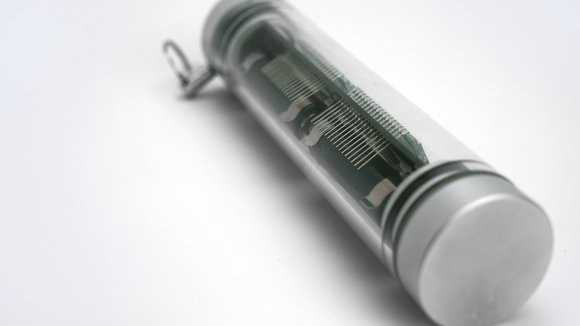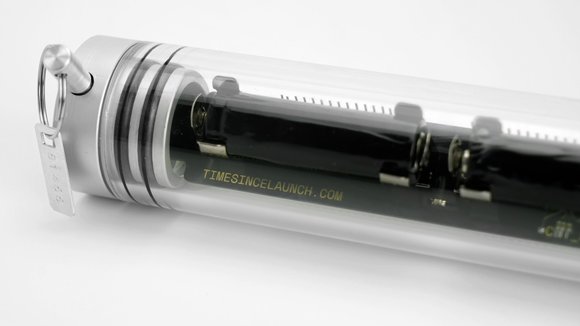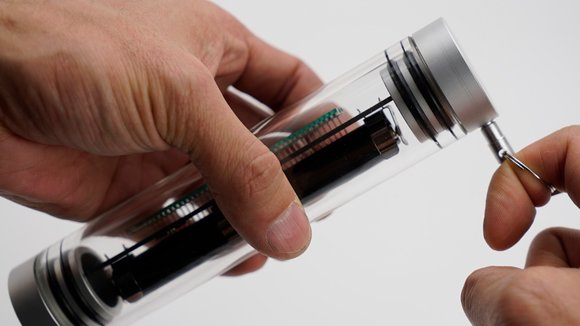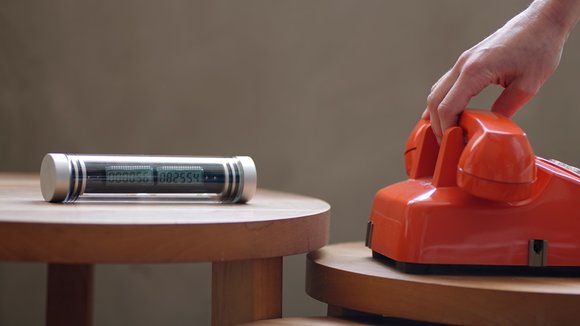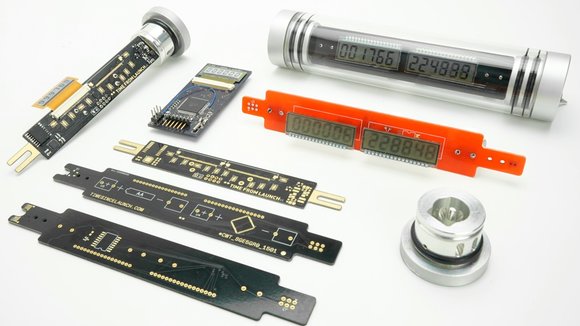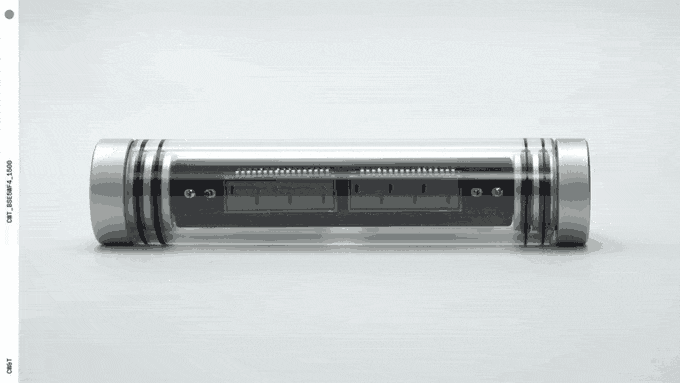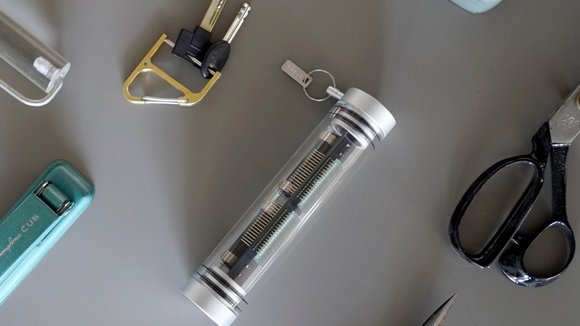1/20
The Clock That Doesn’t Measure Time, But Captures Its Endless Journey
Time isn’t circular, but clocks are. You look at a calendar and it depicts time in a linear fashion, but the watch on your hand or the clock on your wall breaks down the concept of 24 hours into a loop in which you live your life. The Time Since Launch clock isn’t like that. It sees time for what it truly is. Something that’s always moving, never stopping, and more importantly, something that doesn’t come a full circle, but rather is on an endless, infinite journey. The Time Since Launch is a count-up clock, allowing you to measure the time since a certain event, like a birth, anniversary, launch, etc. The Time Since Launch takes an event in time and begins its journey from there, running for years, and even millennia after the event.
The Time Since Launch is a timekeeping device in the broadest sense possible. It counts hours, minutes, and seconds, but it also counts days, months, years, centuries and millennia. It’s the equivalent of adding a bookmark in time, allowing you to appreciate how far you’ve come since the moment you began the clock. Meant clearly for special events, the Time Since Launch can be launched by simply pulling out a pin from within the device to get it running. Built with two LCD screens encased in a borosilicate tube with aluminum caps at each end, the Time Since Launch breaks time down into two parts. One screen reads hours, minutes, and seconds, while the screen to its left captures as many as 999999 days, or 2739 years.
Made for occasions that hold great relevance in one’s life, like the birth of a child, a marriage, a company launch, or personal goals of great significance like the day you gave up smoking, the Time Since Launch begins its countdown, or rather a count-up the minute you pull the pin out from the clock, marking the length of your journey since that moment when your life changed completely.
Designers: Che-Wei Wang & Taylor Levy of CW&T
. Hurry, less than 7 days left and over $80,000 raised!
Use this very long-scale timepiece to mark the beginning of your epoch. It could begin when you get married, have a baby, quit smoking, launch a rocket, or on an ordinary Tuesday morning.
Your epoch is safeguarded within this unique timepiece designed and over-engineered to outlive you. Suspended in a durable borosilicate glass tube and sealed with gasketed aluminum end-caps, two LCDs show days, hours, minutes and seconds since launch. This timepiece is built to count for 2,738 years.
58 days 14 hours 39 minutes 46 seconds
1796 days 17 hours 06 minutes 50 seconds
64 days 12 hours 10 minutes 15 seconds
10 days 17 hours 25 minutes 03 seconds
When John Glenn became the first American astronaut to orbit earth, the only piece of technology on his body, other than a spacesuit, was a 12-hour stopwatch. Soon after launch, Glenn started his stopwatch in sync with tracking stations across the world. At that moment, Mission Elapsed Time (MET) began counting up from zero. A launch timer was not only required for a successful mission (ie. to calculate position), it also created a shared global timezone.
Quietly situated at the center of a tremendous collaborative feat of human innovation, the launch clock marks an arbitrary Moment Zero. A moment shared by humans scattered all over the world and one hurling through space.
You might pull the launch pin when you drop everything and join the peace corps, or when you stop drinking, or when you and your best friend move to different cities and want to maintain closeness through a shared timezone. It’s also ok to launch on a random Wednesday morning, making that moment special, simply because you want to make it yours.
We keep time, consume, and organize around it. Time rules us and we don’t own it.
Time Since Launch was originally conceived at MIT Media Lab as part of
. In this work, Wang proposes several devices to give people power over their time.
Time Since Launch is as much (if not more) about presence, than it is a reference to the past. Beginning with a single moment, Time Since Launch is a continuous reference to our brief existence on a continuum far greater than we’re used to imagining every day.
When you’re ready, pull the stainless-steel launch pin to initiate the timer. You can only do this once! This action begins a chain reaction burning that instant into the chip’s silicon, making it yours forever.
Building a 2,738 year timepiece. Time Since Launch is off the grid, both in terms of power and its ability to keep accurate time. Unlike your phone, it doesn’t rely on a surprisingly fragile external multi-billion dollar timing and power infrastructure.
Made with precision machined metals, over-engineered and over-specified electronics, Time Since Launch will outlive you. This assembly of parts – from physical materials to electronic components – were selected with longevity in mind.
Time Since Launch ships with its LCDs in pre-launch mode, this rhythmic cycling through each of the segments ensures even wear and tear.
On launch, Time Since Launch burns your moment into the chip’s silicon and begins counting. The displays indicate elapsed time in your epoch, counting up to 999,999 days, 23 hours, 59 minutes and 59 seconds.
If anything ever happens to your Time Since Launch, as long as the chip is physically intact, you can recover your Moment Zero and transplant it into a surrogate.
Time Since Launch is made from machined aluminum endcaps and a durable borosilicate (Pyrex) tube. The electronics are suspended and deliberately made visible. The enclosure is easy to take apart. If ever something breaks, you can easily identify what went wrong so it can be fixed.
Time Since Launch consists of only essential electrical components to mitigate potential failure points. Mounted on a matte black PCB with gold plated traces, Time Since Launch has 2 chips, a few passive electronic components (resistors, diodes and capacitors), two 6-digit LCDs and batteries. That’s it.
It draws less than 6uA (microamps) of current running at 3.3 volts. This gives us an energy usage of about
(millionths of a watt).
Time Since Launch ships with 2 x AA Energizer L91 Ultimate Lithium batteries. These batteries have a capacity of 3,500mAh, and a 20 year shelf life, which means they are guaranteed to have 95% of their original capacity after 20 years of sitting on a shelf.
To arrive at our 20+ year battery life estimate, we take Energizer’s stated capacity of 3,500mAh and round down to 3,000mAh (to be conservative), divide by 6uA and then take off another 30% (to account for external factors). This gives us an estimated run time of
To keep time, Time Since Launch uses a DS3231 chip. This real-time clock chip with a temperature-compensated crystal oscillator is accurate to ±2 parts per million (ppm). This level of accuracy is 10x better than a normal wristwatch crystal which, with an accuracy of ±20ppm, can loose or gain up to 1.73 seconds per day.
If you were to shoot a basketball from a court in NYC to a hoop in Philly with ±2ppm accuracy, you’d miss by
.
About 6 months before it is time to change the batteries, the display indicates your batteries are low. During the swap, backup capacitors keep the real time chip powered and running without losing time.
To change the batteries, pull the aluminum caps out of the glass tube to expose the battery holders. Pull out your old batteries and put in new ones.
174mm (6.85”) x 38mm (1.5”)
285g (10oz)
Anodized aluminum (6061-T6), stainless steel (303) launch pin, borosilicate glass (Pyrex) tube with a 4mm (0.1575”) thick wall, Buna-N o-rings, PCB and electronic components.
Ships w/ 2 x AA Energizer L91 Ultimate Lithium batteries.
. Hurry, less than 9 days left and over $80,000 raised!
发布于2019-11-18
设计师
Che-Wei Wang & Taylor Levy of CW&T
颜色
相关推荐
